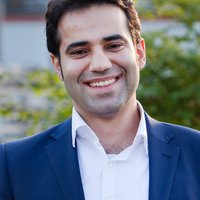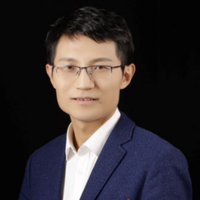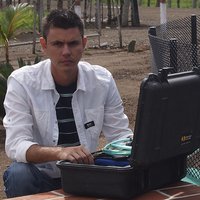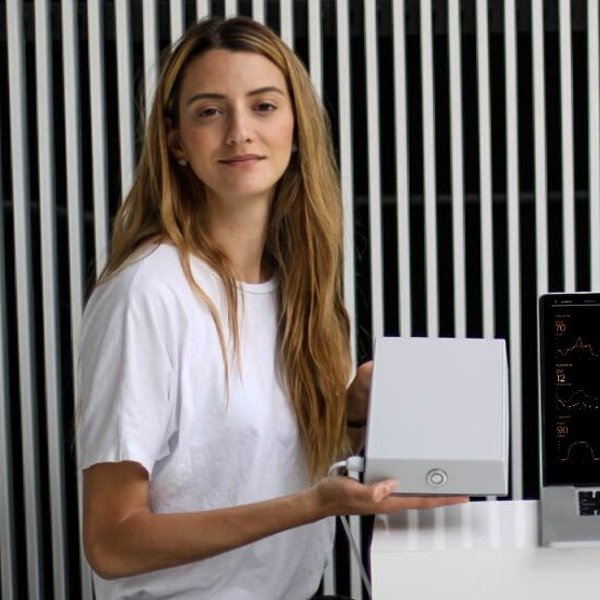A well designed, modern city is
useless if it does not ease the day-to-day life of its inhabitants. What is the
point of constructing large main roads if the traffic gets jammed on other
roads? Why create green areas in parts of the city where its populace never treads?
Urban planning should be based on the rational study of people’s needs in order
to be able to offer the best solutions. However, this does not always happen,
and in the end, it is the people themselves who are forced to adapt to the
cities in which they live. To turn this paradigm around, the development of the
Internet of Things and big data analysis can provide valuable information on
behavior patterns that help urban planners improve the design of public spaces.
That is exactly the information that Costa Rican urban planner Arianna Salazar
offers through BitSence. The MIT (USA) researcher and company co-founder has
developed technology that combines hardware and software to detect and analyze
pedestrian activity and environmental information (light quantity, air quality,
temperature, noise levels etc.). Based on this innovation Salazar has been
chosen as one of the Innovators Under 35 Latin America 2017 winners by the MIT
Technology Review, Spanish edition.
"People are detected through the intelligent devices they carry,"
explains the young woman. Sensors detect the signals emitted by these devices
when they are connected to a network, thus identifying the signals passively,
without them having to do anything. Once identified, the software traces the
person's movements within its range, which the researcher sets out on a scale
of a few blocks. Information about all the people is analyzed in order to
calculate parameters like the number of people that transit across a given
space, how much time they spend in it and how often. All this data and analysis
is visualized by the Bitsence web platform, which also generates a weekly
report.
The company is already collaborating with the City of Boston (USA) on a Local
Sense Lab pilot project to obtain data for steering urban planning
interventions in the Downtown Crossing district. Pedestrian activity four
blocks around an outdoor market has been monitored. For example, the location
of street furniture or the impact of construction noise during business hours can
be assessed, using this data.
"A large city does not have the capacity to process the huge amount of
data it produces," says the researcher, who believes that initiatives such
as Local Sense Lab will be replicated by businesses and other organizations to
"analyze problems [and] collect data in order to raise proposed solutions
with municipal governments. "
According to the founding partner of Urban Living Futures, Mikele Brack, the
technology developed by Salazar "appears useful and intuitive to all parties
involved, including citizens and civil authorities." The Innovators under
35 Latam 2017 jury member believes that it "will probably also have
applications beyond urban planning." The young innovator is aware of this.
"This type of analysis can also have internal uses, such as for an
open-plan office or co-working space, where underused areas can be identified,
space usage can be optimized, and meeting rooms and shared spaces can be better
managed", concludes Salazar.




